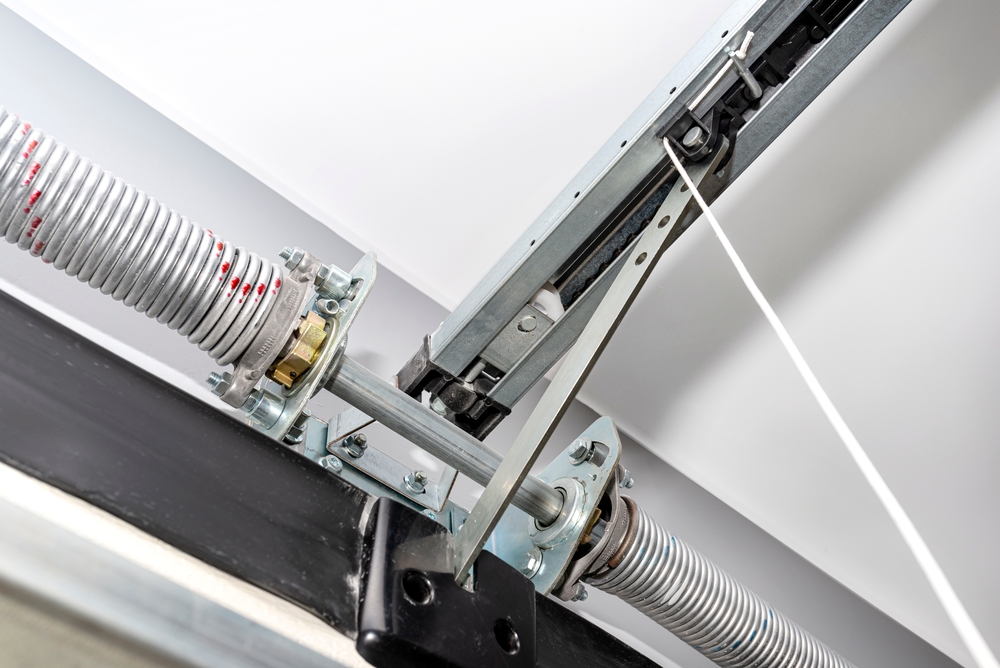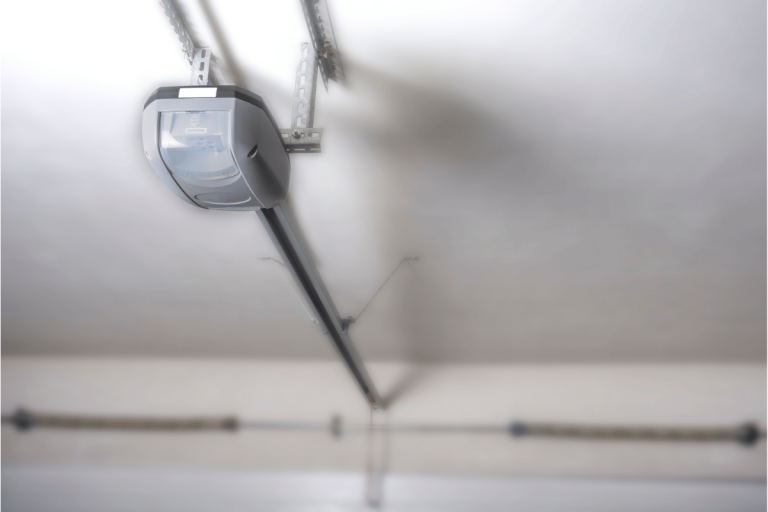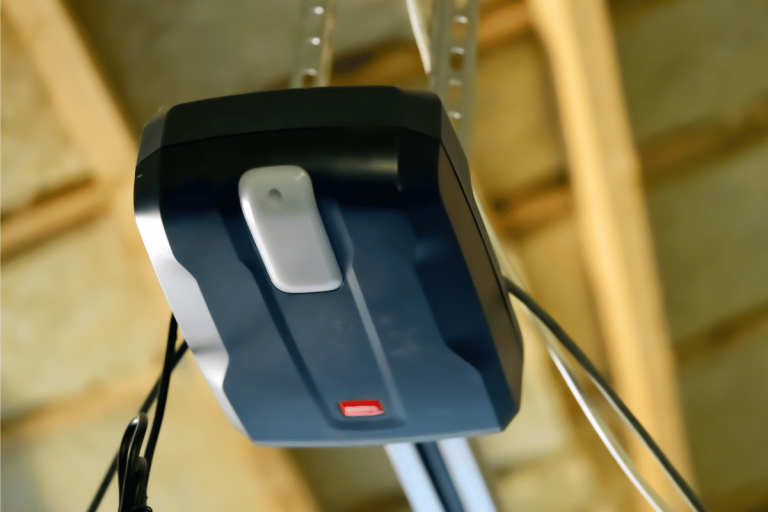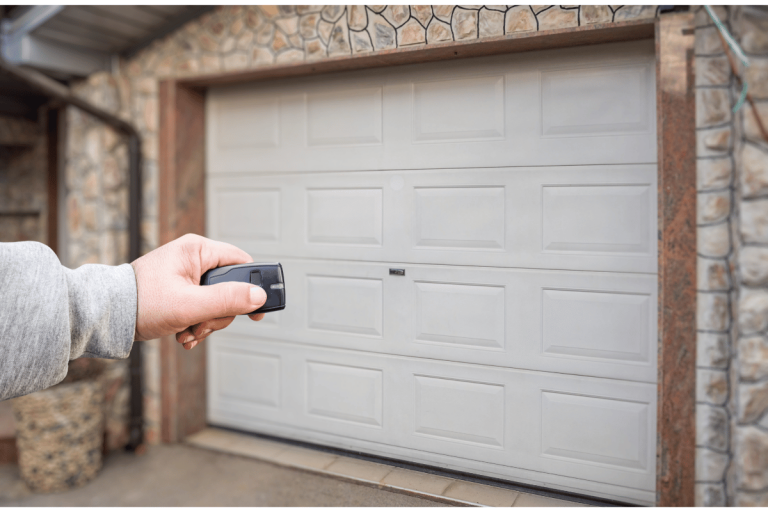Garage doors are a critical part of our homes, providing security and convenience for our vehicles and storage spaces. An essential component of garage door operation is the spring mechanism, which requires precise adjustment for optimal performance. In this blog post, we delve into the intricacies of garage door springs, specifically focusing on how many turns are necessary for proper tensioning. This information is vital for anyone looking to understand, maintain, or adjust their garage door springs, and is especially relevant for customers of Tomys Garage Door, where quality and precision are paramount.
Understanding Garage Door Springs
Garage doors utilize two main types of springs: torsion and extension. Torsion springs are mounted above the garage door and wind and unwind to lift or lower the door. Extension springs, on the other hand, are installed on either side of the door and stretch or contract to facilitate opening and closing. The number of turns on a spring is a critical factor that directly impacts the door’s balance and operation.
To better understand how to adjust your garage door springs correctly, it’s essential to know the specifics regarding spring sizes, types, and the corresponding number of turns required for each. Below is a detailed table that summarizes these aspects based on the information gathered from various sources.
| Door Height | Spring Type | Size (Diameter) | Wire Size | Quarter Turns | Full Turns | Notes |
|---|---|---|---|---|---|---|
| 6’6″ | Torsion | 1.75″ / 2″ | .250″ | 28 | 7 | Each full turn is four quarter turns |
| 7′ | Torsion | 1.75″ / 2″ | .250″ | 31 | 7¾ | Adjust based on door weight and balance |
| 7’6″ | Torsion | 1.75″ / 2″ | .250″ | 32 | 8 | Torsion springs require careful adjustment for safety |
| 8′ | Torsion | 1.75″ / 2″ | .250″ | 35 | 8¾ | Ensure door balance and smooth operation after adjustment |
| Variable | Extension | Variable | Variable | Variable | Variable | The number of turns depends on door height and spring tension |
How Many Turns Are Needed?
The number of turns required on a garage door spring varies depending on several factors, including the height of the door, the spring’s size, and the wire diameter. For instance, a 7-foot garage door with 1-inch springs typically needs 7 full turns plus ¾ of a turn. It’s crucial to get this adjustment right, as incorrect tensioning can lead to operational issues and even pose safety risks.
Factors Affecting the Number of Turns
Several factors influence the correct number of turns on a garage door spring, including:
- Spring Size and Wire Diameter: Larger or heavier doors may require springs with more turns for adequate counterbalance.
- Door Weight: Heavier doors need more tension to lift and close smoothly.
- Spring Type: Torsion and extension springs function differently and thus have varying requirements for the number of turns.
Safety and Professional Assistance
Adjusting garage door springs can be dangerous due to the high tension involved. It is strongly recommended to seek professional help for adjusting or repairing garage door springs to avoid accidents and ensure the job is done correctly.
Adjusting your garage door springs with the correct number of turns is crucial for the door’s operation and safety. Incorrectly adjusted springs can lead to operational issues and pose significant safety risks. For detailed guides, tutorials, and professional assistance, consider reaching out to Tomys Garage Door, where expert service ensures your garage door functions optimally and safely.
Why Choose Tomys Garage Door?
When it comes to garage door maintenance and repair, Tomys Garage Door stands out for several reasons. Our team of experts has extensive knowledge and experience in dealing with all types of garage doors and springs. We prioritize safety, quality, and customer satisfaction, ensuring that your garage door operates smoothly and reliably. By choosing Tomys Garage Door, you’re opting for a hassle-free service experience backed by a commitment to excellence.
Frequently Asked Questions
How do I know if my garage door springs need adjustment?
If your garage door is difficult to open, closes too quickly, or appears off-balance, it may indicate that the springs require adjustment.
Can I adjust garage door springs myself?
Due to the high risk of injury, adjusting garage door springs is not recommended for untrained individuals. Always seek professional assistance.
How often should garage door springs be replaced?
The lifespan of garage door springs varies, but they typically need replacement every 7 to 12 years, depending on usage and maintenance.
What are the signs of a failing garage door spring?
Common signs include a door that won’t open, a loud bang from the garage area, and visible gaps in the spring coils.
Conclusion
Properly adjusting the number of turns on your garage door springs is crucial for safety, functionality, and the longevity of your door. While this task requires precision and expertise, the team at Tomys Garage Door is always ready to provide top-notch service and ensure your garage door operates at its best. For more information on our services, including maintenance, repair, and installation, visit our services page. And for those interested in the latest garage door models and features, our brochures and catalogs offer a wealth of information.
Remember, when it comes to garage door springs, it’s always better to err on the side of caution and consult with professionals. For any questions or to schedule a service, don’t hesitate to contact us. Your safety and satisfaction are our top priorities at Tomys Garage Door.





